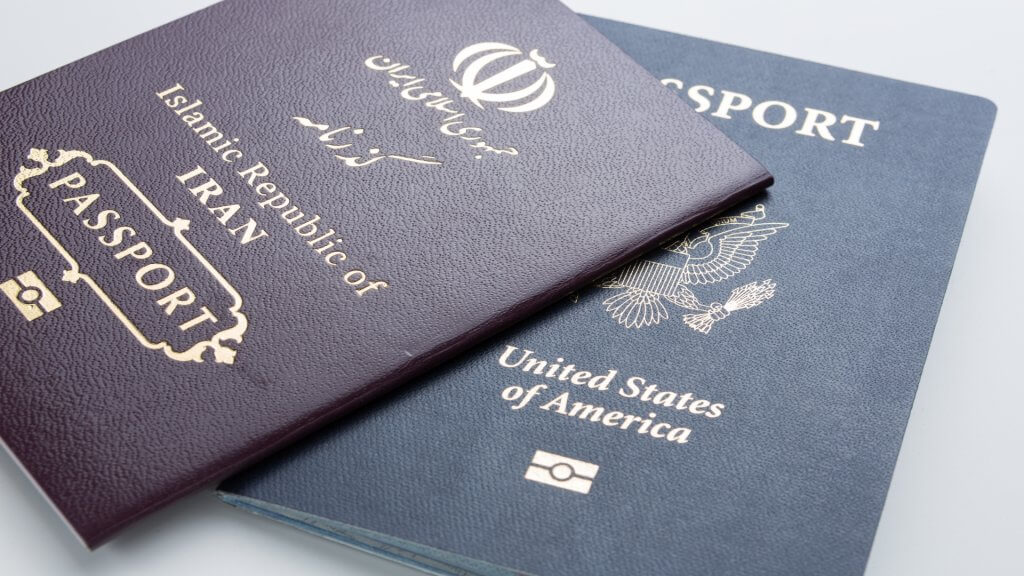
The Best Kept Secrets Around Successful Post-merger Integration
Synergies are usually well understood as part of the industrial logic for a marriage. And there is no lack of intelligent bankers, consultants and advisers around the table at deal time.
However, waking up on day 2, the management teams are left to sort out hundreds and thousands of issues that require resolution in order to merge firms, get the synergies and avoid the risks. There are methods for many decisions, for example, merging brands, realising purchasing cost synergies and IT integration. Where the going gets tough though is merging management teams, their leadership practices and the basket of unique behaviours we call “culture”. This is where the PMI risk is, and it is the underlying enabler for all value creation measures.
Humatica has focused on this most critical of area of post-merger organisational integration, and learned many lessons.
Know your partner
Realising value and avoiding risk in a merger is determined by the efficiency of decision making and implementation. The problem is that white collar organisations work in many different ways, which are adapted to their environments and circumstances. A family run business has different behaviours than a large conglomerate. There are multiple “right answers”. Also, ways of working, leading, managing are not documented, there are no standards. This makes objective comparison and adoption of “best practice” difficult and unpractical.
However, if we benchmark the way each of the merging firm’s processes information, the behaviors which drive how organisations make and execute decisions,then managers can anticipate differences before the merger and take the needed actions to avoid misunderstandings and a breakdown of trust.
Know your goal
It’s also important to clearly define the target management practices and culture for the combined firm before the merger, rather than leave this to the law of the jungle and survival of the fittest. The value creation objectives and strategy should inform the type of culture and behaviours needed for success. If exchanging experience and knowledge are critical for value growth, then behaviours which encourage this must be anchored. Basic questions about where decisions should be made, what level of autonomy is appropriate, what authority should the headquarters have? These are all important questions which should be answered early in the merger.
Case in point
A case illustrates the point. Two recently merged Nordic fitness businesses had vastly different leadership cultures. One had a highly decentralised, entrepreneurial, local decision making culture that gave the retail branches great autonomy and freedom to act. The other had professional, centralised processes defined at the headquarters and executed with slight variation in the field. Both firms were successful, but with vastly different approaches. The merger focused not on taking one or the other culture, and not the best of both, but rather a new, third way. This was a natural evolution for both firms and aligned their management practices with the future challenges that the combined firm faced. Prior to the merger, each organisation was made explicitly aware of its unique culture and the likely challenges when merging with the partner’s different culture.
That’s how the best integration leaders avoid the emergence of an, us versus them mentality and a breakdown of trust. People can focus on productive work and growing value, rather than fighting their neighbor.





















